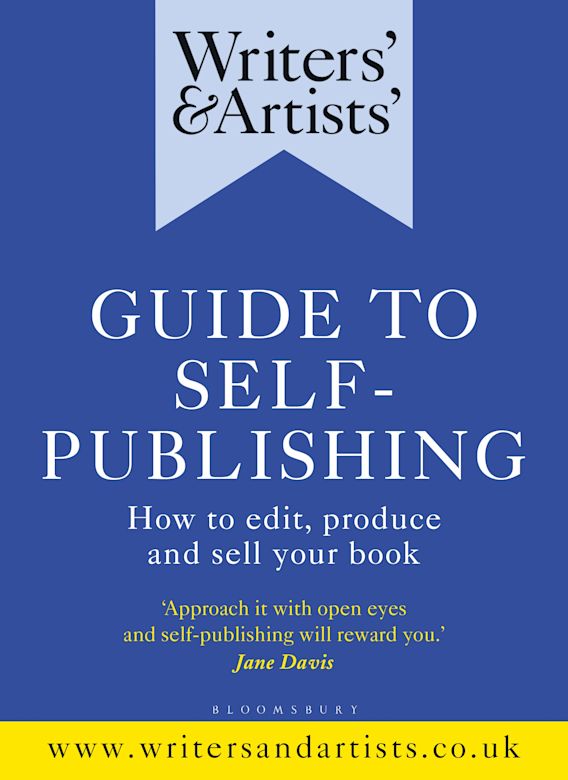In this extract from the W&A Guide to Self-Publishing, freelance editor and writer Lisa Carden shares her advice on how writers can find the right editor for their work.

Word of mouth is probably the best way to find a good editor, but that’s easier said than done if you’re new to publishing.
If you are working with a self-publishing provider, they may have in-house staff with editorial expertise, or may have a list of people they recommend. If not, try the Writers ’ & Artists ’ Yearbook in print or online.
Alternatively, online platforms such as Reedsy allow authors and other publishing professionals to find the editor, designer or marketing specialist they need for their book. The Society of Authors may also be able to help; some of their advice is free online, but membership options are available for self-published or print on demand authors. See their website for eligibility information.
Once you have found a candidate (or candidates), it’s important that you’re sure you can work with that person: handing your work over to an objective reader for what might be the first time is rather intimidating, so you need to feel comfortable. During an initial email or telephone exchange, explain why you’ve written the book, who your main audience is (your immediate family? The general reader? Academics?) and what you are hoping to achieve. Also explain the tone of your book if appropriate: if you’ve written a light-hearted travel memoir, for example, you don’t want the editor to remove all the jokes and make it ponderous, but you do have to be prepared for them to tell you if the jokes aren’t funny.
Also be clear about what you need them to do: are you looking for a structural edit, a copy-edit or a proofread? Discuss cost early and in detail. Some editors will work on a fixed-fee basis if the manuscript is relatively straightforward (send them a chapter or two so that they can get a good sense of your work), but they will charge you more if your text requires a lot of work or restructuring, or if you’re not writing in your first language. If the editor charges by the hour, be very clear about what you can afford, as no one wants an unedifying spat about invoices at the end of the process.
The Society of Editors and Proofreaders (SfEP) has a list of suggested minimum rates on its website that you might find helpful. I have heard of editors asking for a portion of their agreed fee up front – presumably after having been stung by non-paying customers on other jobs – but you will need to gauge how comfortable you feel about that. Be up front about deadlines too: if you need the edit done by a certain time, say so. Good editors are often booked up for some time in advance but given that book schedules are slippery beasts, it could well be that they can fit your project in at short notice if another project is running late.
You’ll only be working with your editor for a short time – a few weeks, usually – so clearly you don’t need to have a strong personal bond, but you do need to feel that they know what you want and, as noted above, understand the reader you are writing for. Being open to receiving their feedback is probably the most important thing you can do to make the relationship work. As mentioned previously, the editor will be looking out for everything from spelling errors to plot holes, repetition, contradictory arguments and so on. And while having someone flag up that you’ve used the same word three times in two lines is probably incredibly irritating, it is the right thing for them to do.
Repetition leaps off the page to the reader, so it’s important to fix this type of thing. If your repetition is intentional, that’s fine – but it is best that they check that with you. Remember that the editor is not trying to catch you out, undermine you or get in the way of your book being published: they are simply trying to make sure that your message is as clear, consistent and readable as possible. You don’t need to accept every change suggested by your editor, but I would urge you to consider them. They may well have picked up on a style quirk you’ve never even noticed or be flagging up incorrect or libellous statements. If the latter, you must proceed with care and either remove the relevant text or seek professional legal advice.
The W&A Guide to Self-Publishing is full of practical, nuts-and-bolts information on each aspect of the DIY-publishing process, from editing and page layout, cover design and book production, publicity and selling. Each chapter is written by publishing professionals who are experts in supporting authors and is full of insights from successful self-published authors themselves.
Comments